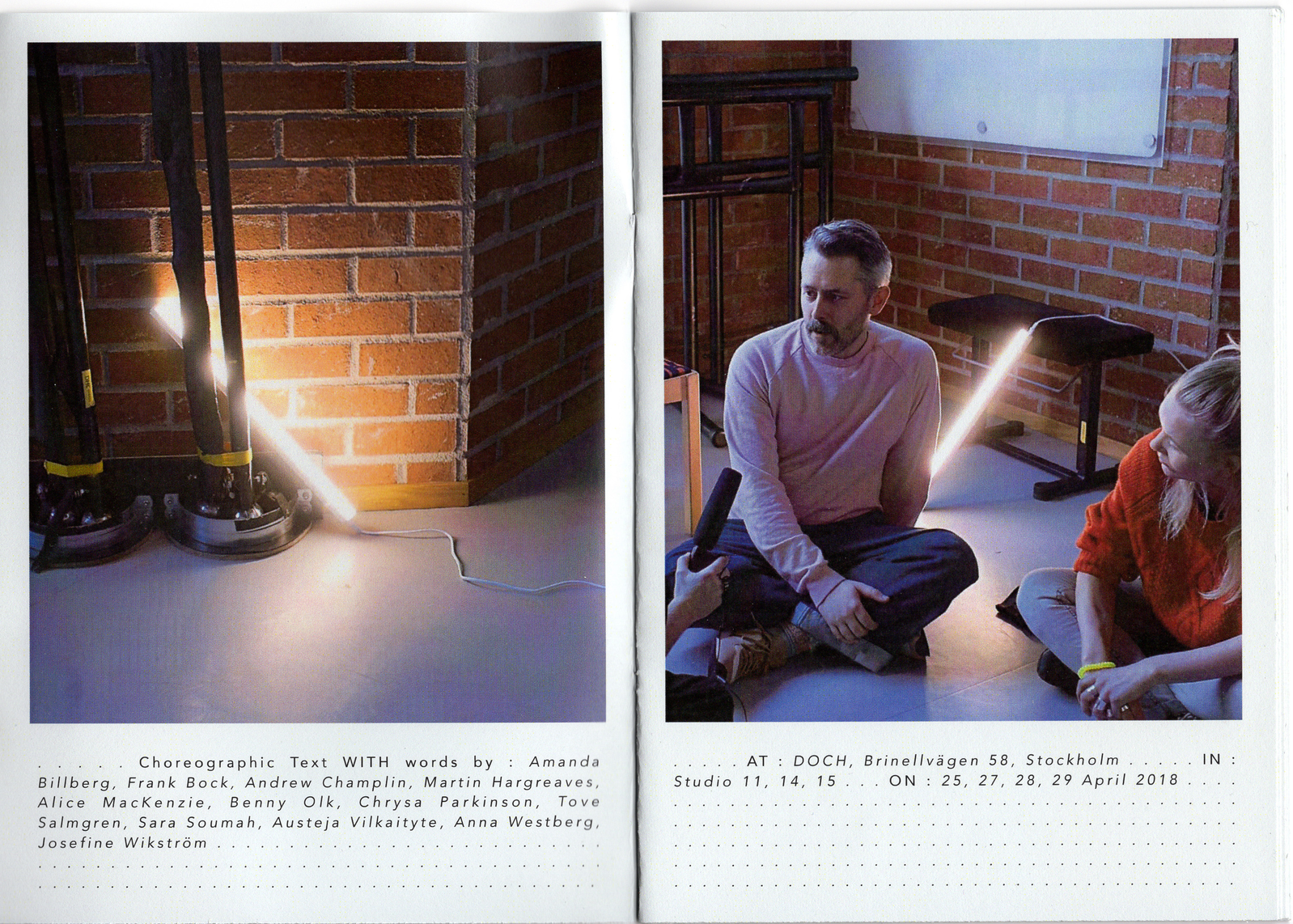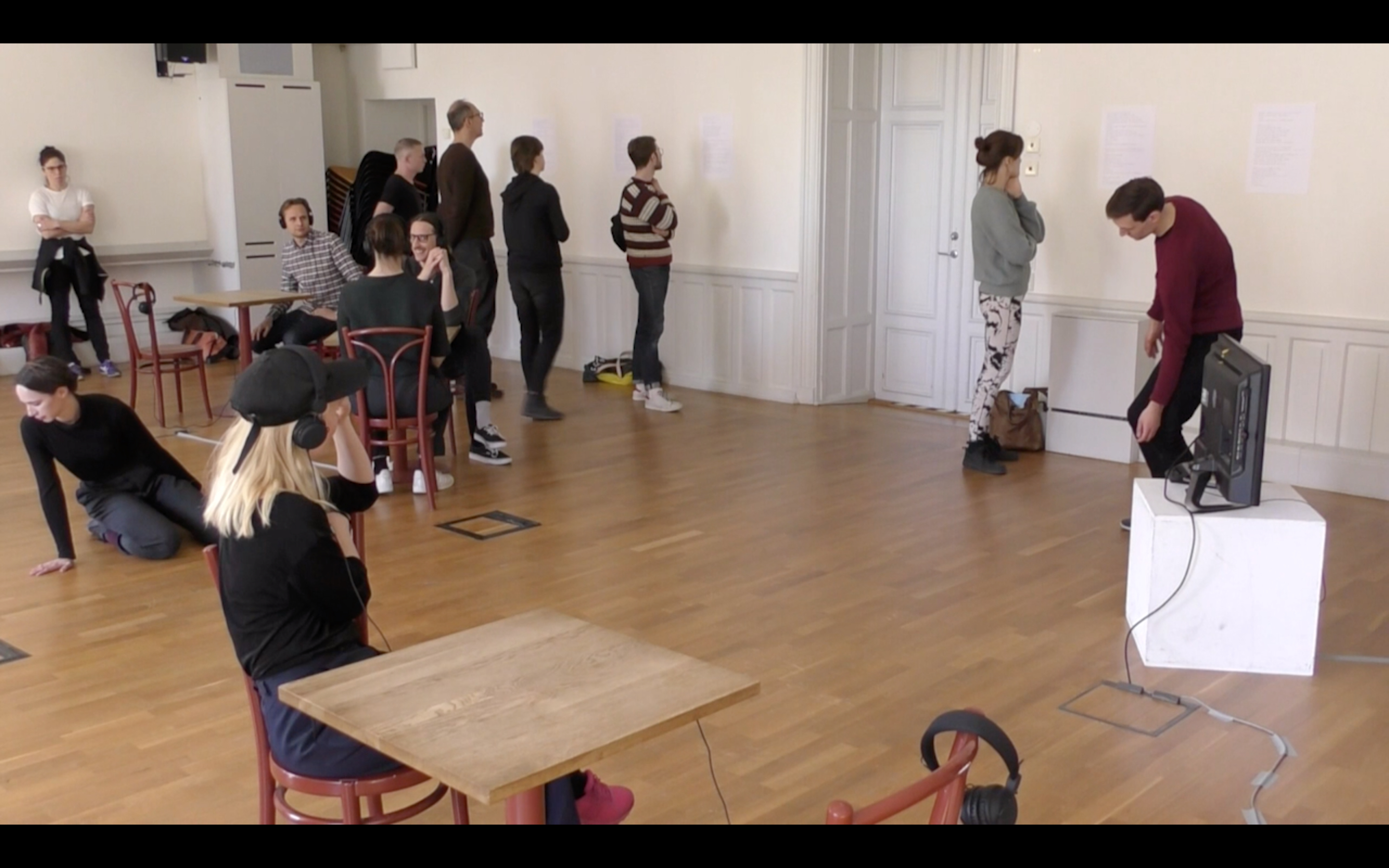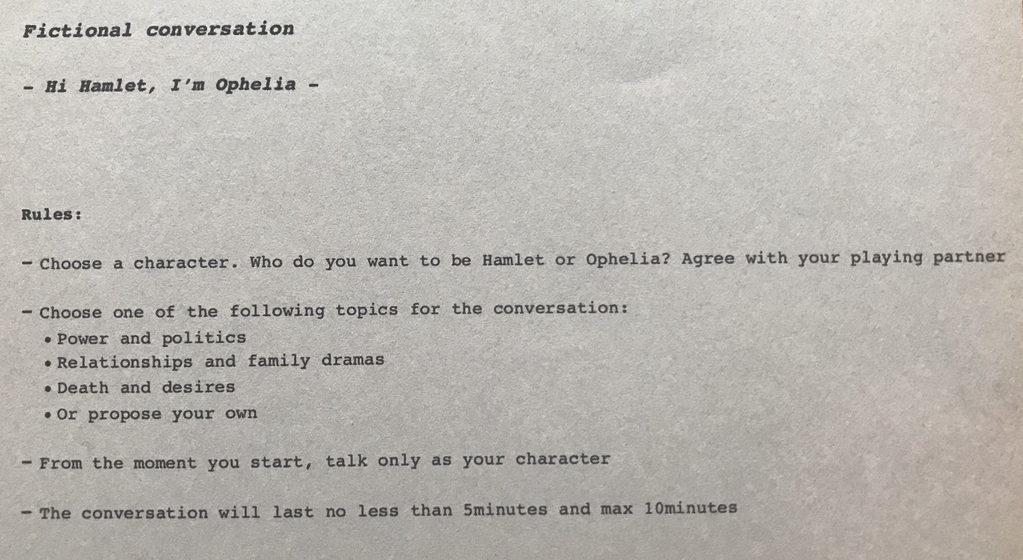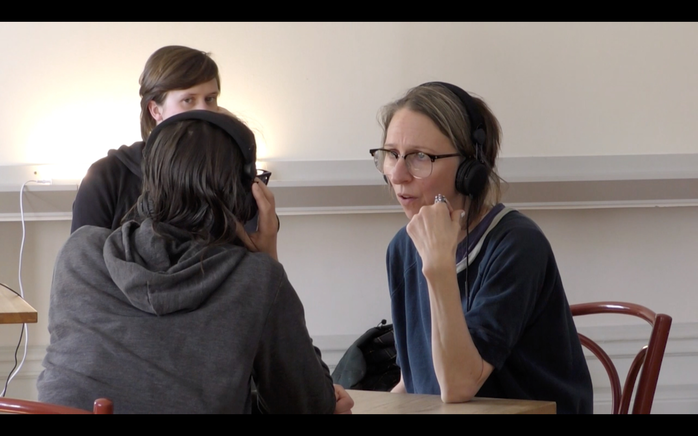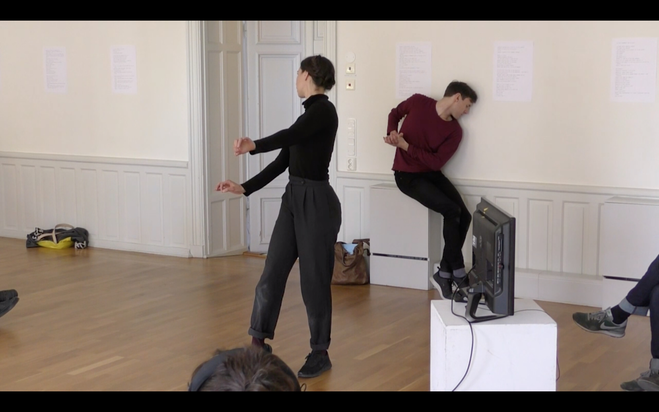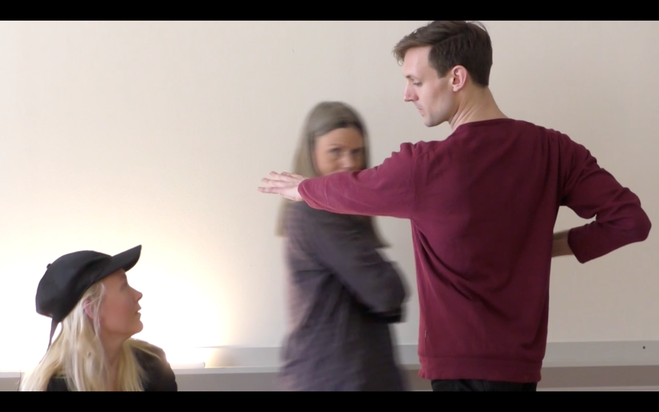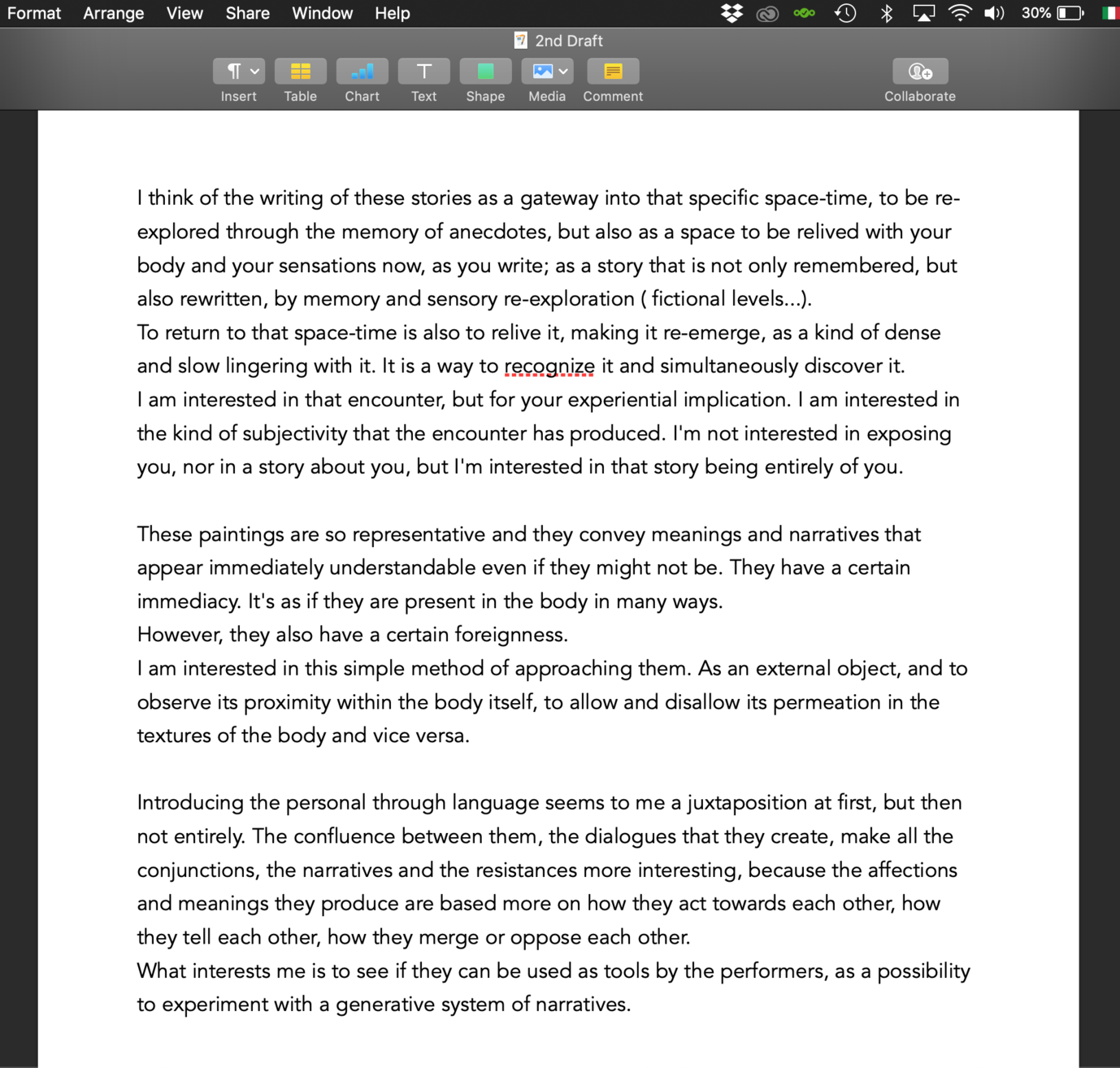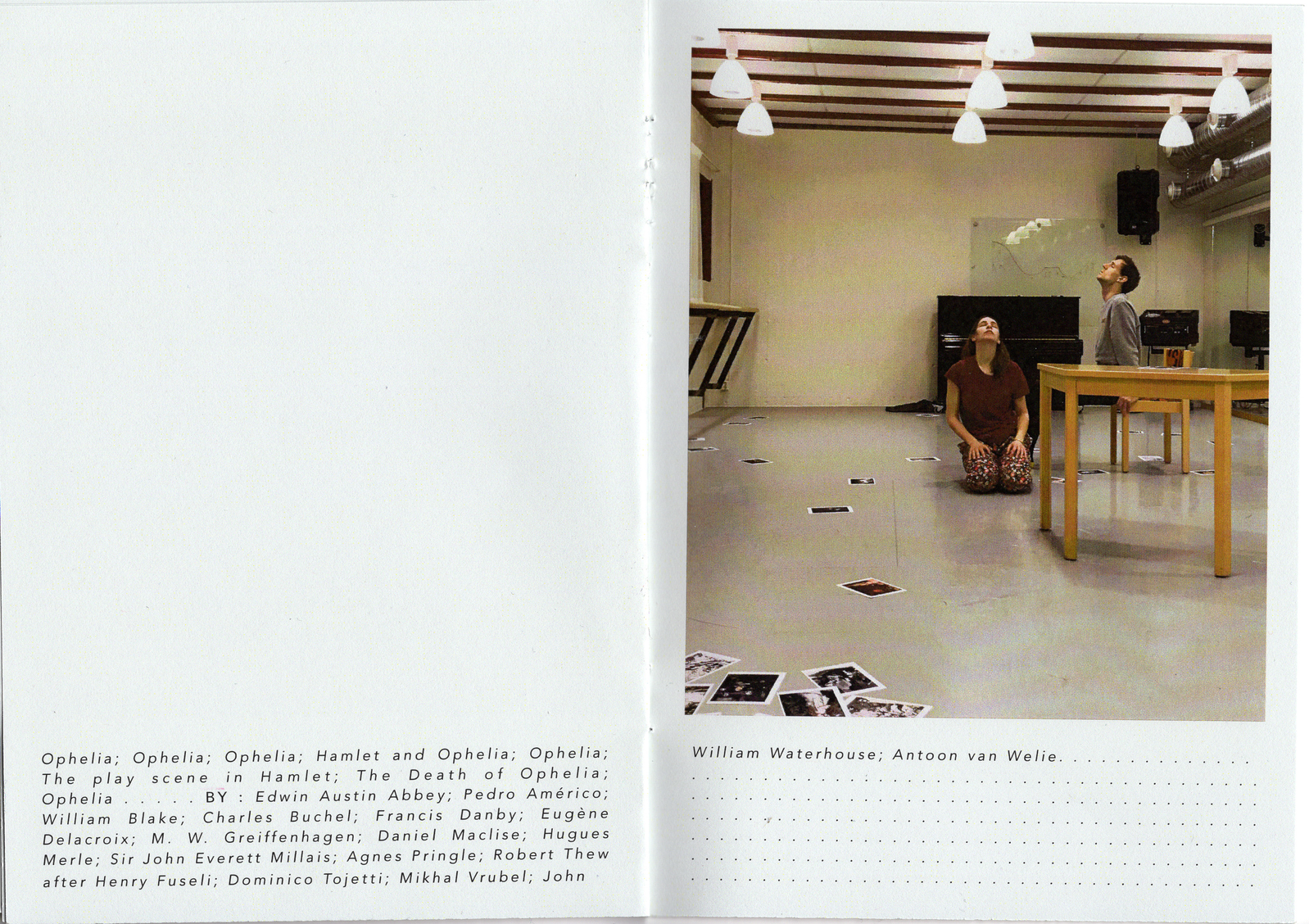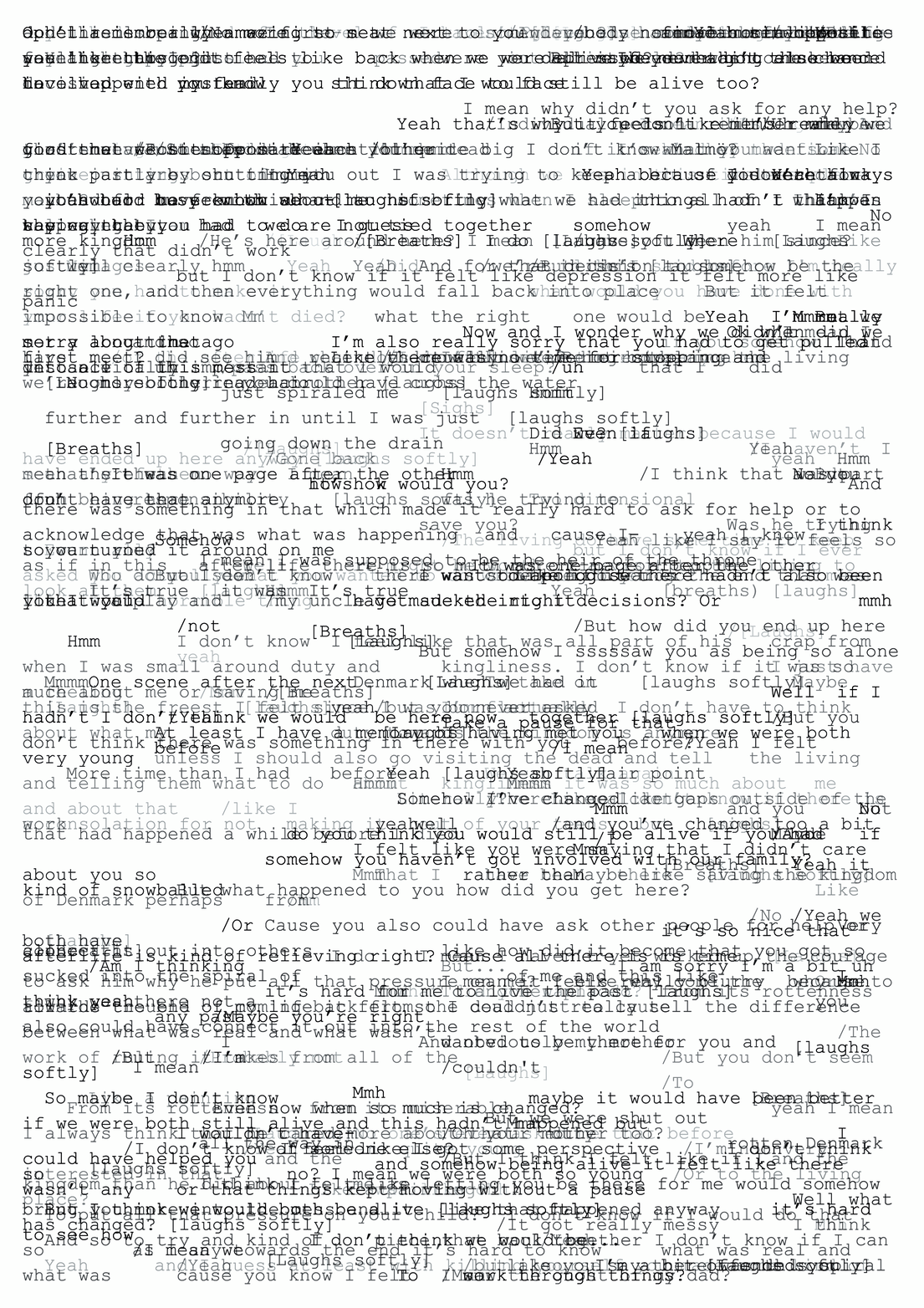Fictioning Hamlet: Dialogues and Diffractions is a choreographed environment. It includes materials and practices developed along a research process that I embarked on in the spring of 2018: surprised by the sense of shame I felt when realising I did not know the story of Hamlet, I began dealing with questions relating to the power dynamics between dominant narratives and individual imaginaries. I decided to work with Hamlet, not to re-write or reinterpret the original story, but rather to trigger a collective recollection through the things we believe we remember.
Throughout the research process, I increasingly applied participatory approaches, and staged situations based on strategies of ‘re-fictioning’ as a practice for the construction of alternate realities. During this process, materials of different mediums have formed as temporary conclusions, as moments of diffractions triggered by specific situations, voices and dialogues.
Hamlet became a basis for continuous departures, raptures, deviations, fugues and leakages. Hamlet is there, but it is an absent center, where it cannot be the dominant subject; its power is decentralised and folded into a more dynamic process of intra-subjective relations.
Within the frame of the program for the final presentations of the Master studies in New Performative Practices, DOCH/Uniarts, I shared my ongoing research through participatory practices, texts, audio-visual materials and live performance, with the aim of turning room 402 at Linnégatan 87 into a choreographed environment of situations and relationships.
The research process of the project began with a series of interviews aimed at learning the story of Hamlet through the voice of people, and at generating a collective recollection, through the things we believe we remember.
The transcription of these interviews became the source material for one choreographic text that contains the multiple voices brought into ‘dialogue’ with each other.
The text was exposed throughout the presentation, and at the end was used for a collective reading.
The audio material consists of improvised and recorded conversations.
These conversations are the result of an invitation to take part in a role-game. The volunteer participants choose one character between Hamlet and Ophelia, and one of the proposed topics for a conversation. Through this staged situation I have been observing how the borders of whom is talking can become blurry and undefined: is it the voice of the character, of the person, of the person enacting? What interests me is how the game can produce a subjectivity that arises from the navigation between the personal and fictional character. Can the constant intra-movement between different voices, bodies and imaginaries become fluid and manifest? What spaces, imaginaries, bodies and subjectivities are produced through the multiple intra-action?
For the presentation I used the recorded audio-material to experiment with another type of staged situation. The two voices of the converser have been separated, so that one pair of headphone plays only one of the two voices. My intention is to experiment with people sitting in front of each other while listening to the incomplete conversation. What relations and imaginaries are produce by the mediated and unfulfilled encounter? If the conversation’s ‘meaning’ is created by the two voices, what gets lost in the separation of the voices? Does one isolated voice clearly carry the interaction that co-produced it? What desires are triggered by its incompleteness, by the gap and by the absence?
The performance of Alice and Benny consists in telling stories based on personal memories and anecdotes, while reproducing gestures derived from a selection of historical paintings of Hamlet and Ophelia. We experiment with the juxtaposition of these materials, the personal and subjective experiences with the reproduction of images, and with different modes of relation to the public. We observed what kind of dialogues are created by these juxtapositions, how they act towards each other, how they narrate each other, how they merge or oppose each other, and how the production of affects and meanings is based on the social.
The conversation in the video dates back to the first series of staged situations for the project. The invitation was to improvise a fictional conversation between Hamlet and Ophelia. The conversations where initially video recorded for documentation purposes with a fix video camera.
Later the material has been edited to create a video work that has been used in different public contexts, to experiment with a performance in fictional layers, which, by interacting with the participant and through the use of digital technologies, interrupt both the continuity of narrative as of temporality.
The very same conversation was used to create a choreographic text object.
